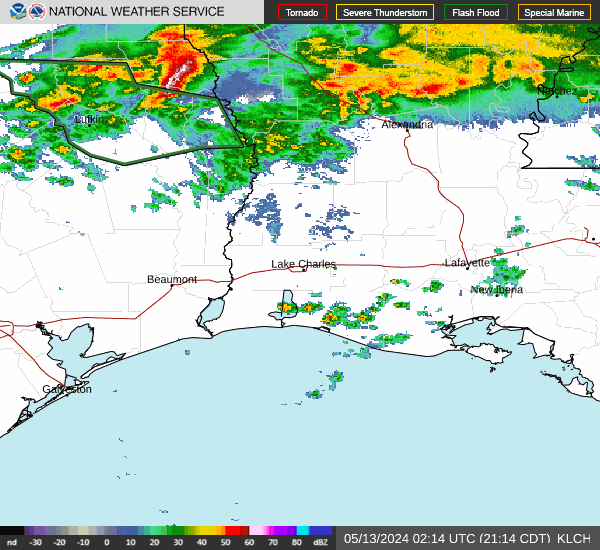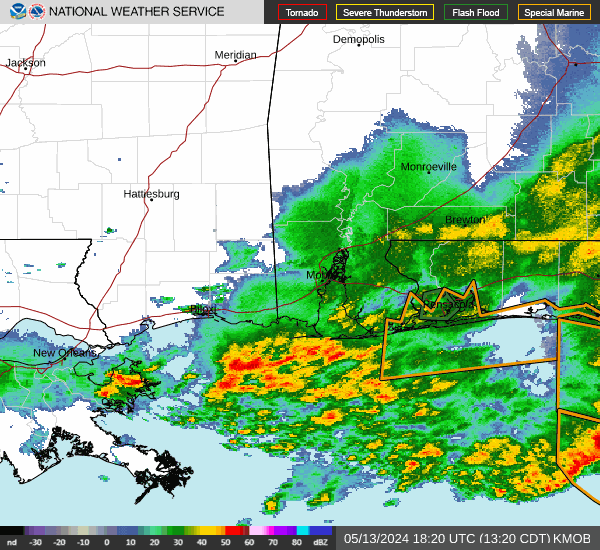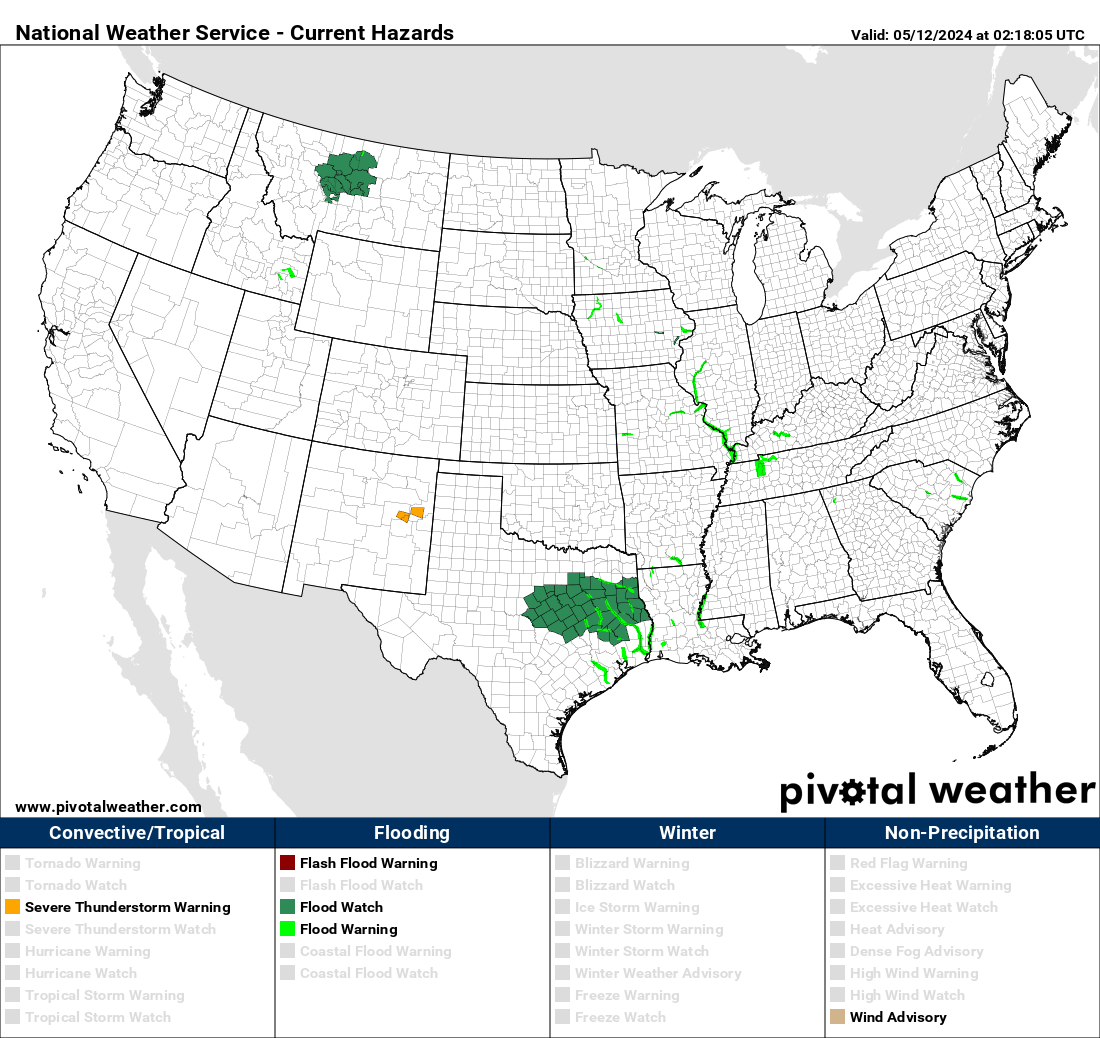Post by lawxnut on Feb 5, 2013 21:53:10 GMT -6
The February 6th, 2013 M 8.0 earthquake in the Santa Cruz Islands occurred as a result of shallow thrust faulting on or near the plate boundary interface between the Australia and Pacific plates. In the region of this earthquake, the Australia plate converges with and subducts beneath the Pacific plate, moving towards the east-northeast at a rate of approximately 94 mm/yr.
The February 6th earthquake is located approximately 700-750 km ESE of the Mw 8.1 Solomon Islands earthquake of April 1, 2007, and the Mw 7.1 Solomon Island earthquake of January 3, 2010. It is over 900 km to NNW of the February 2, 2012 Mw 7.1 Vanuatu earthquake, and approximately 200-300 km north of a series of earthquakes in October, 2009 along the Vanuatu Trench that included two earthquakes larger than magnitude 7 (Mw 7.8, Mw 7.4).
This earthquake is located adjacent to a complex section of the Australia-Pacific plate boundary, where the Solomon Trench to the west is linked to the New Hebrides (Vanuatu) Trench to the south by a short segment of dominantly strike-slip plate motion. The February 6thearthquake is located at the northern end of the New Hebrides (Vanuatu) segment. To the north and west of this event, the plate boundary changes in character, is oriented more west-to-east, and connects the segment ruptured by this event with the continuation of the subduction zone along the Solomon Islands.
Over the month leading up to the February 6th earthquake, there have been dozens of earthquakes in the epicentral region – over 40 M4.5 or larger in the preceding 7 days alone, 7 of which were larger than M6. Faulting mechanisms for these earthquakes suggest a mixture of strike-slip, normal and thrust faulting events. Within an hour of the February 6th M8.0 mainshock, there were also two large aftershocks with magnitudes greater than M6. See a map of current aftershocks here.












